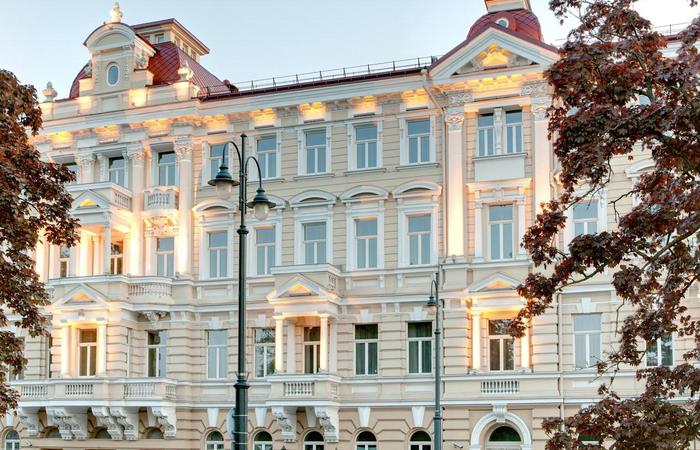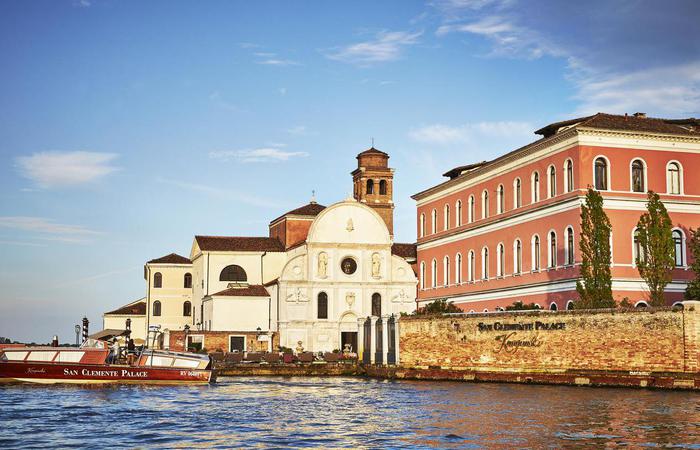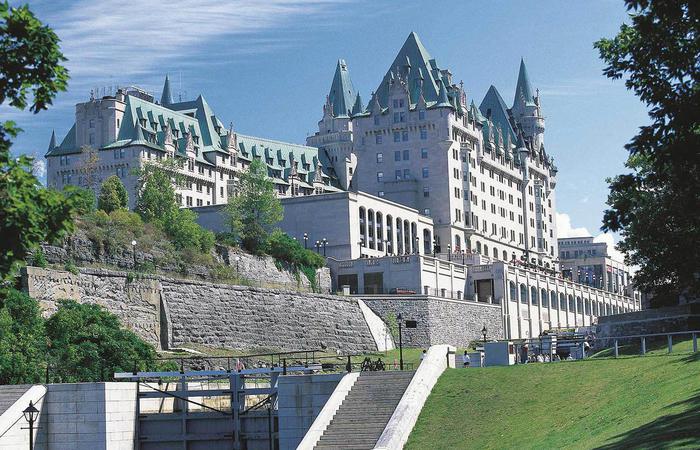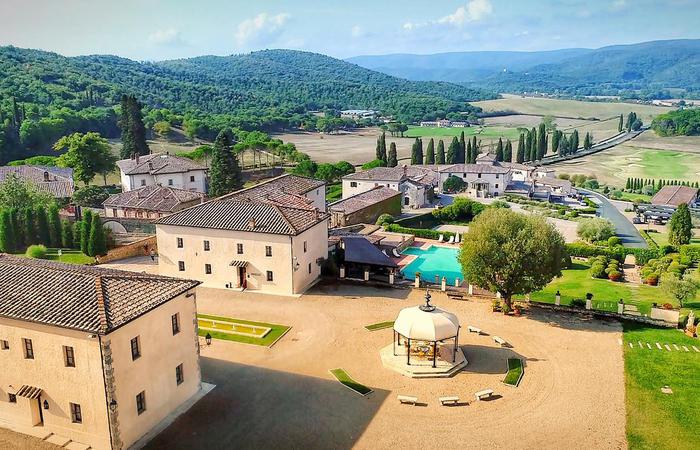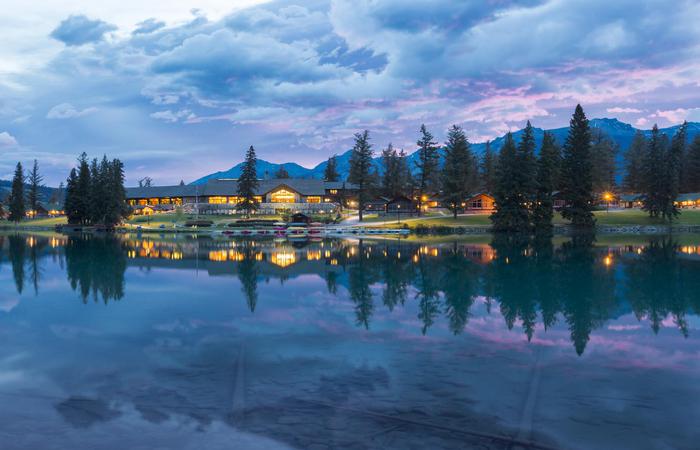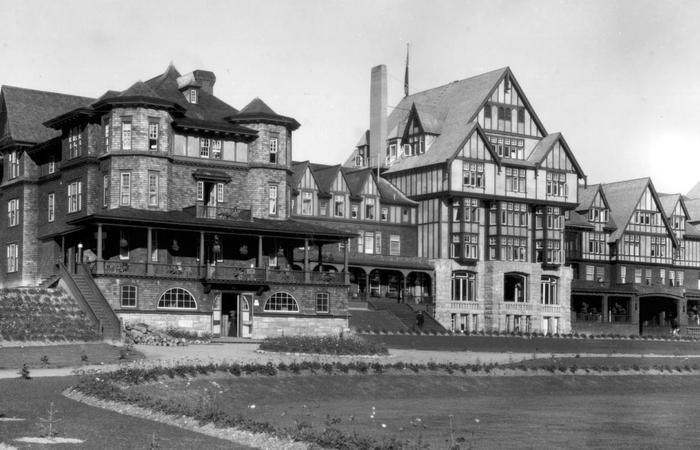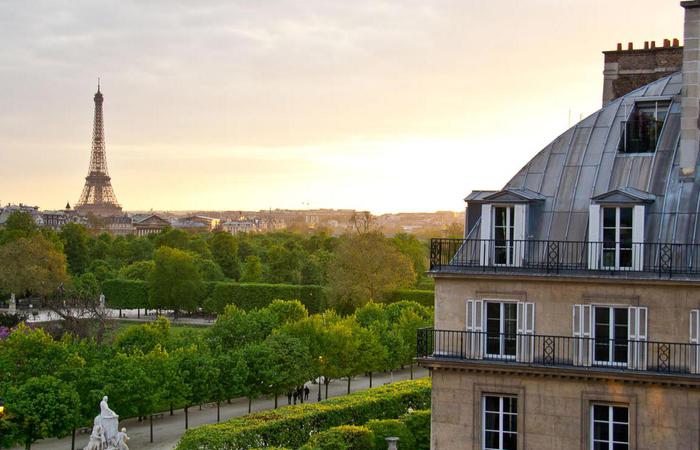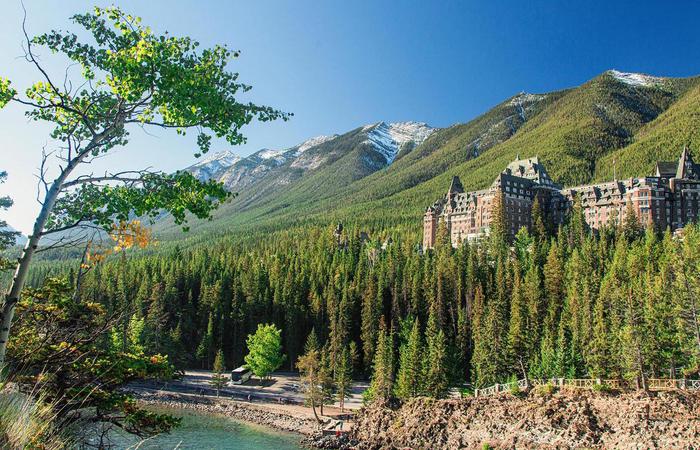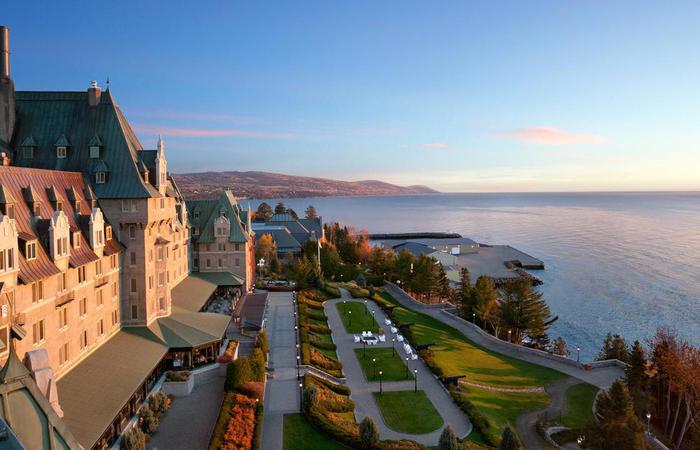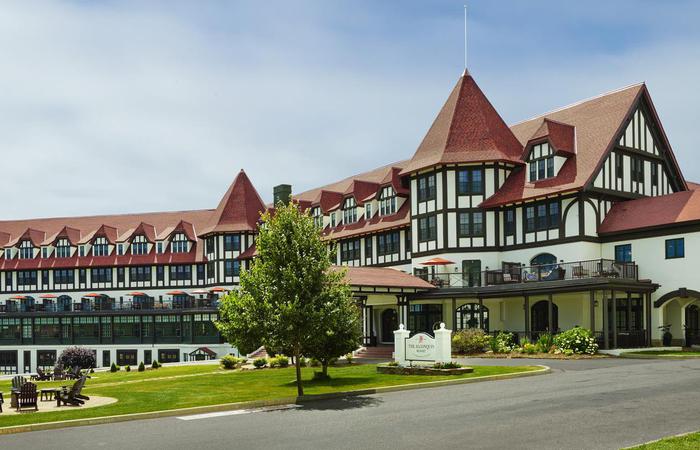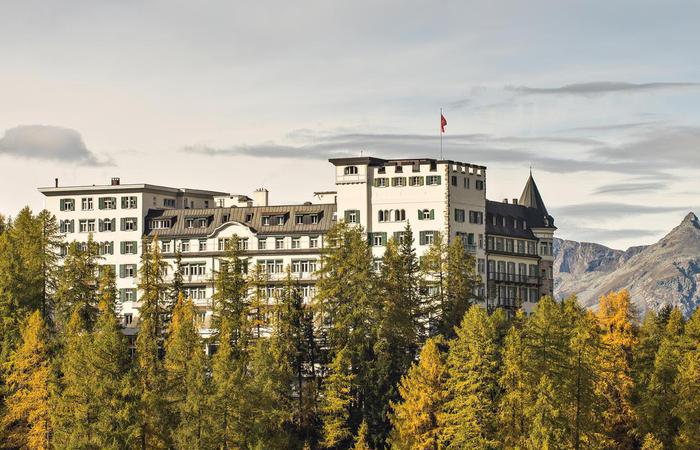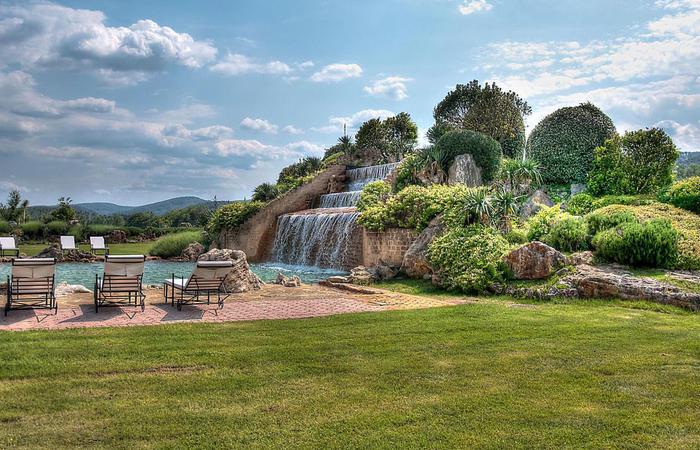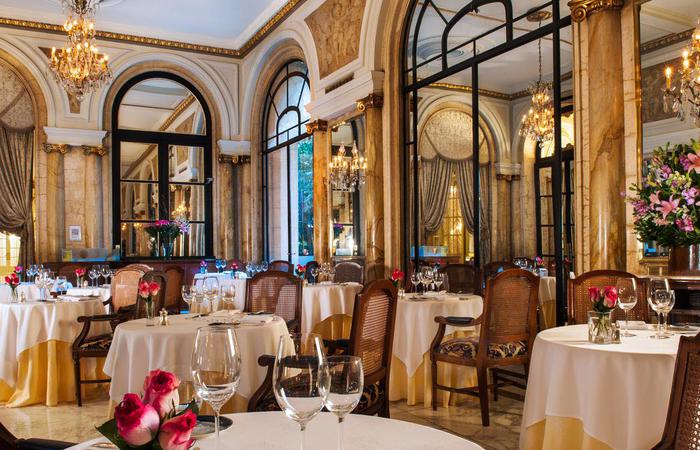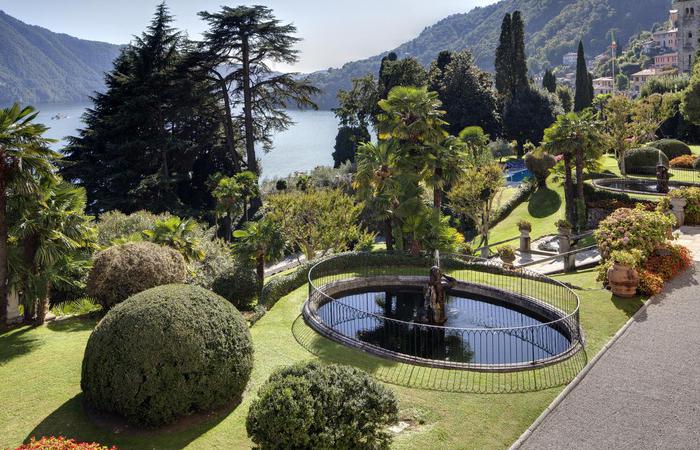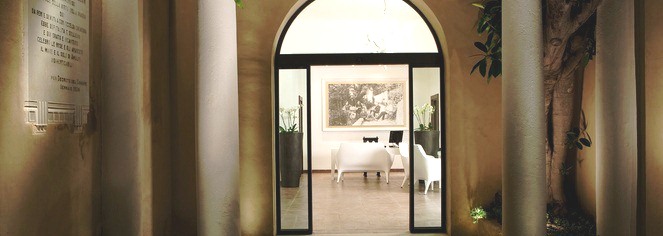Receive for Free - Discover & Explore eNewsletter monthly with advance notice of special offers, packages, and insider savings from 10% - 30% off Best Available Rates at selected hotels.
history
The Grand Hotel Convento di Amalfi is one of the most important monuments on the Amalfi Coast. For centuries, the beauty of the place, the flight of steps, the natural cave, the cloister, and the lemon gardens have provided inspiration for artists, painters, photographers, and travelers from around the world.
“Saint Pietro a Toczolo” – “La Canonica” 1212
The foundation probably dates back to 1212 by the Cardinal Pietro Capuano, noble Amalfitan citizen, elected by the Pope Celestino III in 1193. The hill of Falconcello or “Ballenule,” chosen as elected place, is a wide terrace dominated by a big cave that collapsed in 1899, close to the pre-existent church of Saint Pietro a Toczolo, which was joined to the monastery one year later. The choice to settle the church in a cave was a tradition of the Christian Asceticism. Saint Benedetto, the founder of western monasticism in “Sacro Speco” in Subiaco, began the example of a solitary life dedicated to prayer and contemplation. This tradition was the reason for choosing the cave of Cappuccini.
The Cistercians Abbey 1214-1452
In 1214, two years after the foundation, the Cenobium was consigned to Cistercians monks coming from Fossanova. It became an abbey in 1223 and, after ten years, it was directly dependent from the Cistercians’ mother house in Clairvaux in France. Cistercians monks, at the beginning, did not welcome the idea of moving there as the position of the complex was unsuitable for their needs. Only after the Pope imposition and the promise of forthcoming funds, in June 1214, the Prior and eight monks, took possession of the “Canonica.” Pietro Capuano asserted that the Convent was incomplete and was going to be completed in two years. In the meantime, the monks adapted to celebrate the mass in the old church of Saint Pietro a Toczolo and to live in a precarious way.
In 1223, the Emperor Federico II of Palermo sent a special declaration to the Abbot of Amalfi, informing that he was underneath his protection and assigned to the monastery all the properties donated. This privilege and in particular the economic wellness allowed the convent to live a period of prosperity with the consequent affirmation of numerous monks. This wellness lasted until the first half of 1400. Even with the attention reserved to the religious institution, a long period of decay occurred between the 14th and 15th centuries. Nonetheless, since 1384, Vicar of the Order of Cistercians, exonerated the monastery from the payment of any taxes. This decision did not prevent the Convent from being abandoned by the Cistercians monks.
The “Commenda” 1452-1583
After the monks left in 1452, the University of Amalfi restored the complex, and Pope Paul II assigned the Convent to religious as a benefit. This system allowed an occasional occupancy from delegated religious groups but resulted in a gradual loss of money, furniture, antiques, registries, and books. In 1580 the University of Amalfi acquired, for 1300 ducati (local current money), the monastery of Saint Basilio, to move the Cappuccini friars there. Due to the discontent of the friars, in 1583 the civic government made the decision to assign the convent to this religious order.
Cappuccini Friars 1583-1813
The Cappuccini friars obtained the convent in 1583 and started a recovery and rebuilding program, conducted by the Architect Matteo Vitale from Cava de’ Tirreni. During those years an important cultural place was the “Badia della SS. Trinità” in Cava de’ Tirreni. With the Benedictine monks, the work, which used to be considered a sentence and was made only by lower classes, began a rule: “ora et labora.” By cultivating lands, breeding animals, and making artisan crafts, the monks granted the economic independence. The physical work was joined by the intellectual industries, which consisting of reading books and rewriting them by hand, in order to study and hand them down. The Friars stayed in the Convent of Amalfi for more of two centuries, reorganizing the structure of the convent according to their rule: individual cells, refectory, and kitchen. They abolished anything that could cause static problems (half of the cloister), reinforced, and widened the convent. In 1813 after the suppression of the ecclesiastical wells operated after Napoleonic occupation, the monks left the convent.
The Inn or Locanda 1813-1836
After the friars left, the complex was proposed for the cemetery, and after the demise of this destination due to formal and administrative difficulties, it was assigned to the Archbishop of Amalfi. He first intended it as bishop refectory and later assigned it to Gambardella or Mansi family as an Inn or Locanda.
The Cappuccini Friars of Salerno 1836-1866
King Ferdinando II deferring to the population’s request issued a decree on October 3rd 1836, allowing the Cappuccini friars to come back. On May 1, 1840, the formal act between the Archbishop Bianco and the Provincial of the Cappuccini of Salerno was signed. The Cappuccini friars stayed in the convent until 1866, when another decree was issued that permanently closed the convent thus becoming the possession of the town of Amalfi.
Nautical Institute 1866-1882
During November of 1866, the Town Hall Council of Amalfi decided to convert the convent into a Nautical Institute with the aim to re-launch the sailing tradition of the Mariner Republic, and they assigned the “urgent adjustments” to the architect Giuseppe Bellotti.
The Hotel Cappuccini 1882-2002
For a better use of the Convent, a reconstruction of the aisle that collapsed in 1899 was necessary. In 1939 a new second aisle, around the dining room, was built. Between 1935 and 1938 the cloister was restored by initiative of the Organization of Antiques and Monuments of the province of Salerno, according to the engineer Pasquale Pansa. Today, after a total restoration in keeping with the former aspects of the Convent, guests can savor in the atmosphere and tranquility of centuries ago.
The Church and the Cloister
The church has a single naïve, divided in four spans with cross vaults that repeat the scheme of flat apse, widely used by Cistercians. The actual state is the result of the remake operated in the Late Baroque period and of the interventions realized by the Cappuccini friars, in 1840, in particular the rectory area with the marble altar, the ceramic tiles, and majolica tile floor. The cloister, instead of flanking the church as usual, had a rare position due to the limited space; therefore, it is situated before the entrance of the church. The actual shape is probably the result of some work realized by the Cappuccini friars at the beginning of their stay. They replaced the south wing with two floors of cells, through a lobby, destroyed by the landslide of 1899.
Grand Hotel Convento di Amalfi, a charter member of Historic Hotels Worldwide since 2011, dates back to 1212.

